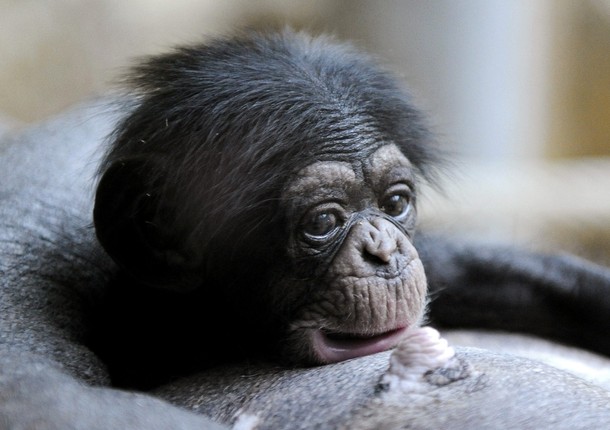
Winners of Primary Awards for Green Education in Schools 2023 announced We are thrilled to announce the virtual PAGES 2023 Awards Ceremony, where we honour the remarkab.The era of 'global boiling' Forget global warming, "the era of global boiling has arrived".
CHIMPANZEE BABY WITH HUMAN MOTHER INSTALL
CHIMPANZEE BABY WITH HUMAN MOTHER HOW TO
It spends much if its time with chimpanzees of its own age and for the next 4 or 5 years learns where the best feeding places are and how to behave as a senior member of its troop. By this time, the mother will have another baby and the elder one has to fend for itself. The baby is dependent on its mother for at least two years, sometimes still riding on her back for periods at 4 years old. It begins to walk at about 6 months and weighs 9kg at a year old. For the first 5 months of its life the baby chimpanzee is carried everywhere by its mother, and clings tightly to her fur. Harlow suggested that the same results apply to human babies that the timing is critical when it comes to separating a child from his or her mother. Harlow’s Monkey experiment reinforced the importance of mother-and-child bonding.

If it is the female's first baby, she often appears not to know quite what to do with it! However, by a combination of instinct, watching more experienced mothers with their babies, and learning, she soon starts to care for it. Significance of the Harlow’s Monkey Experiment. Usually only one baby is born - twins are rare. A female may be mated by all the males in a troop, regardless of their social standing, who show no sign of competition between themselves.

They give birth about every three-four years, after a gestation period (time between fertilisation of the egg and birth of the baby) of 8 months. Female chimpanzees have menstrual cycles very like humans and come into oestrus every 36 days, unless they are pregnant.

Chimpanzees breed all year round, whenever one of the females in the troop comes into season.


 0 kommentar(er)
0 kommentar(er)
